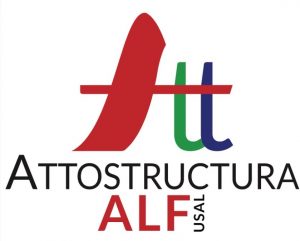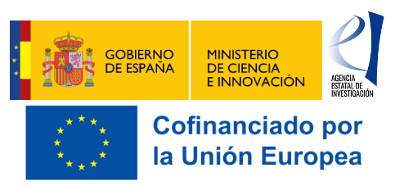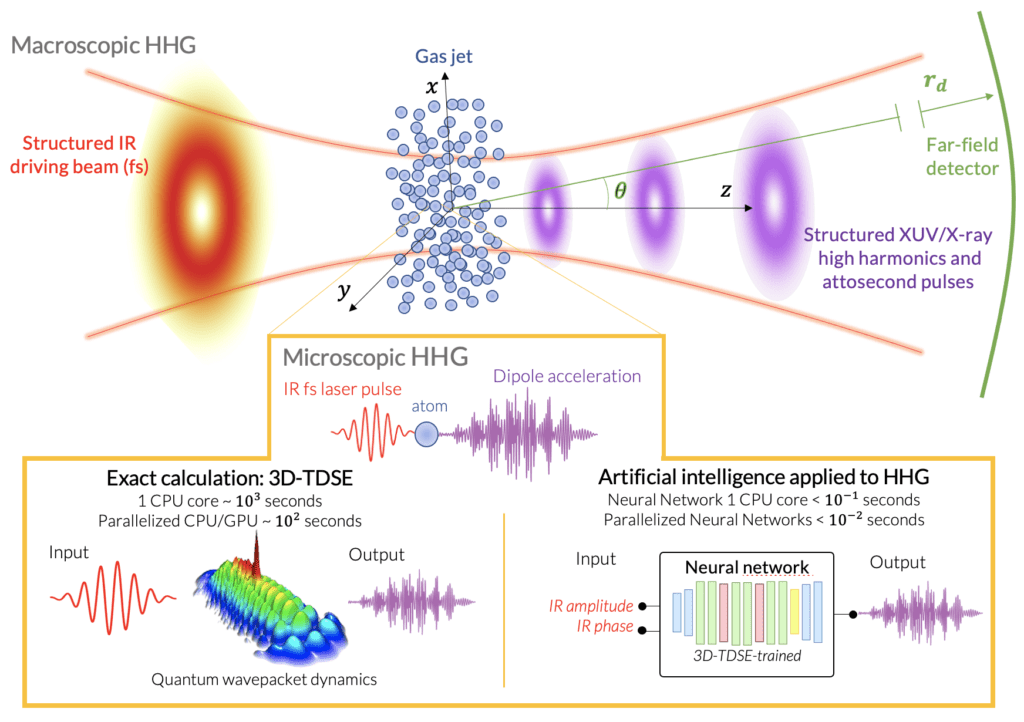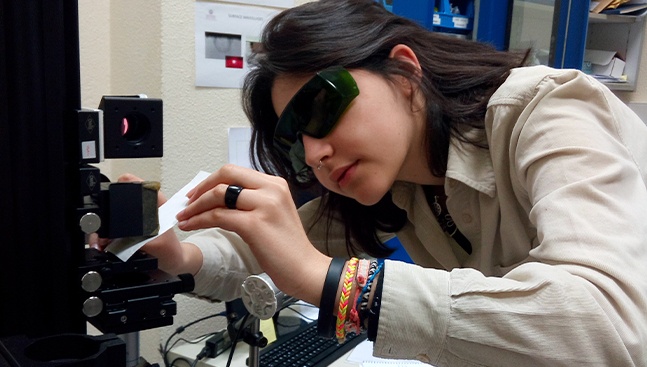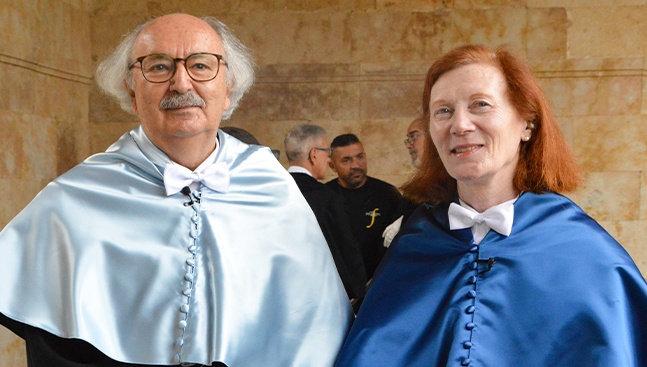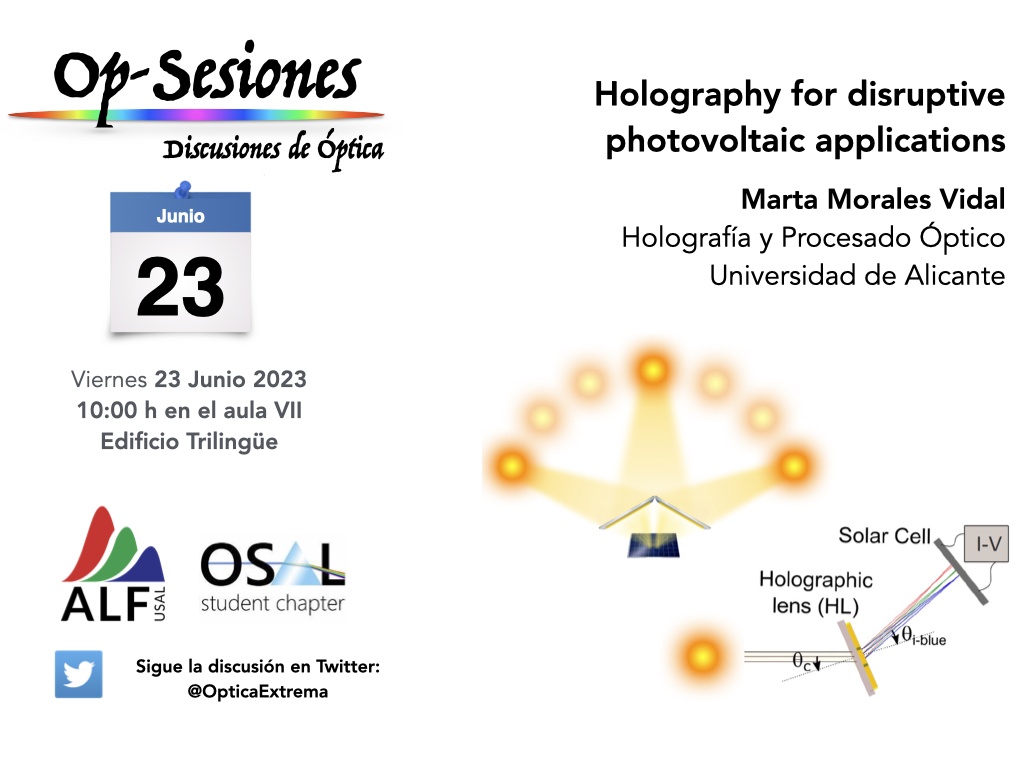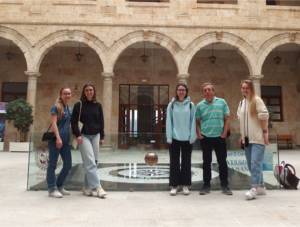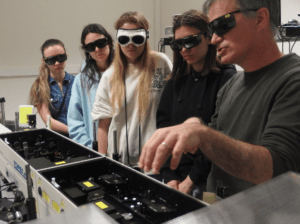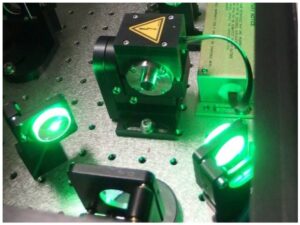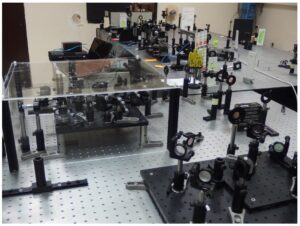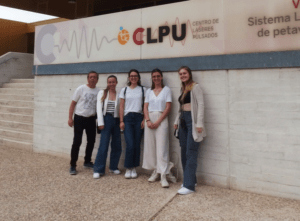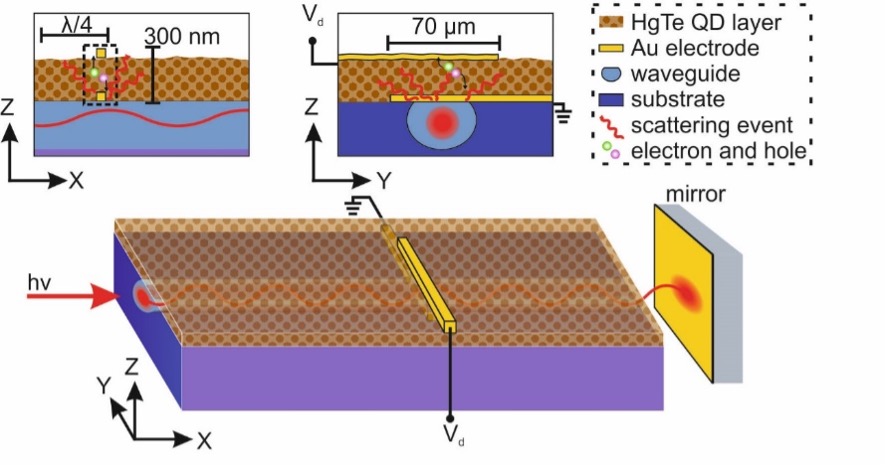Last June, the Unit of Excellence in Structured Light and Matter (LUMES) was created.
The creation of the Unit of Excellence in Structured Light and Matter represents a step forward in the consolidation of the University of Salamanca as an international reference in the understanding and application of the interactions between light and matter on the ultrafast and nanometric scale. Through interdisciplinary collaboration and the training of young researchers, this unit will position itself as an international leader in the development of technologies applying structured laser light to the study of new materials. The scientific and technological advances obtained are expected to boost innovation in fields such as photonics, optoelectronics, nanotechnology and quantum optics, areas with a transversal impact on multiple disciplines of science.
The LUMES Unit of Excellence will address various cutting-edge topics in the fields of ultrafast and nonlinear optics and materials science, including the development of spatiotemporally structured ultrafast lasers in a wide spectral range (from THz to X-rays); the study of the electronic, optical and magnetic properties of 2D materials at the quantum level and their associated van der Waals heterostructures; the interaction of these materials with ultrafast structured light; the processing of materials using ultra-intense lasers; and the study of ultrafast dynamics in magnetic materials excited with structured laser pulses, among others.
The LUMES Unit of Excellence is made up of 8 guarantor researchers and a total of 32 doctoral researchers, affiliated with the Department of Applied Physics of the USAL, the Center for Pulsed Lasers, and the Department of Mechanical Engineering of the USAL. The unit will be directed by Carlos Hernández García.


